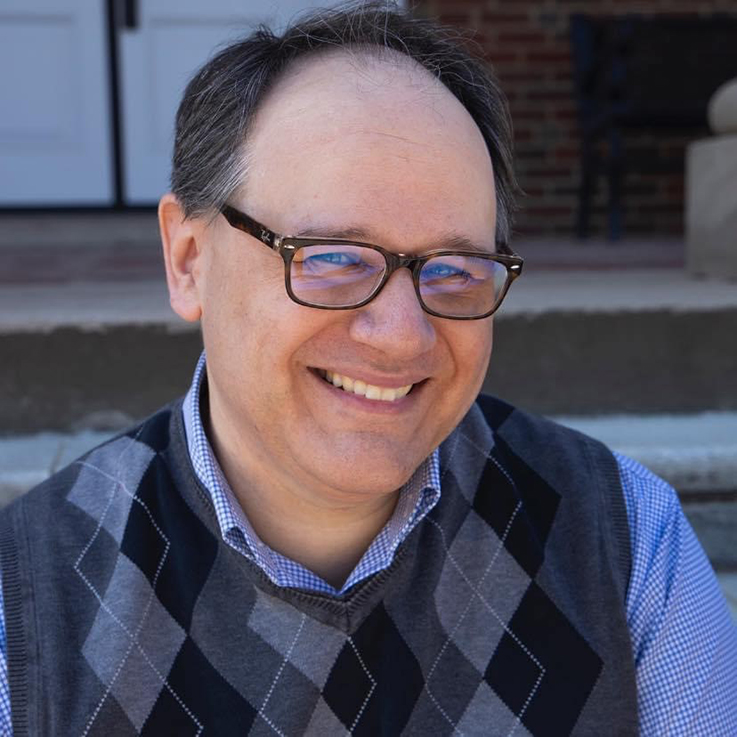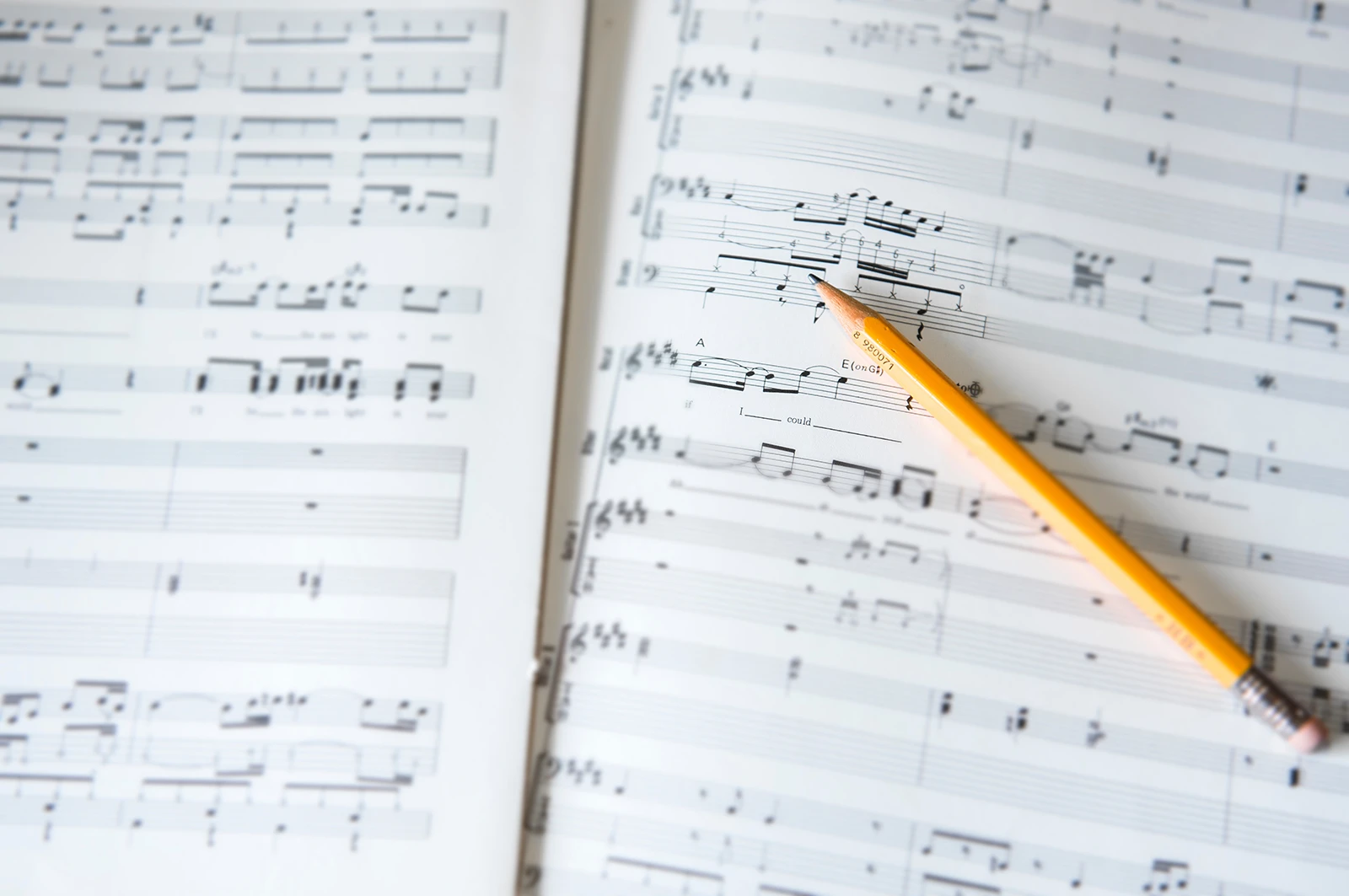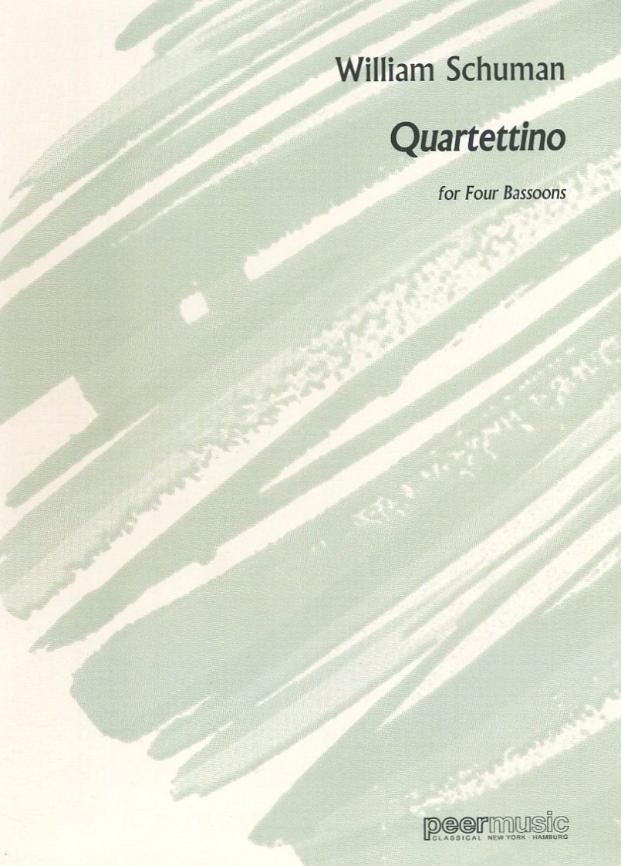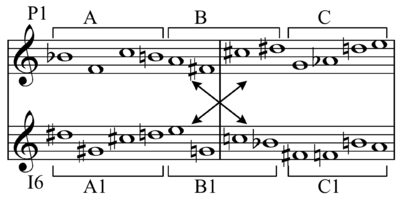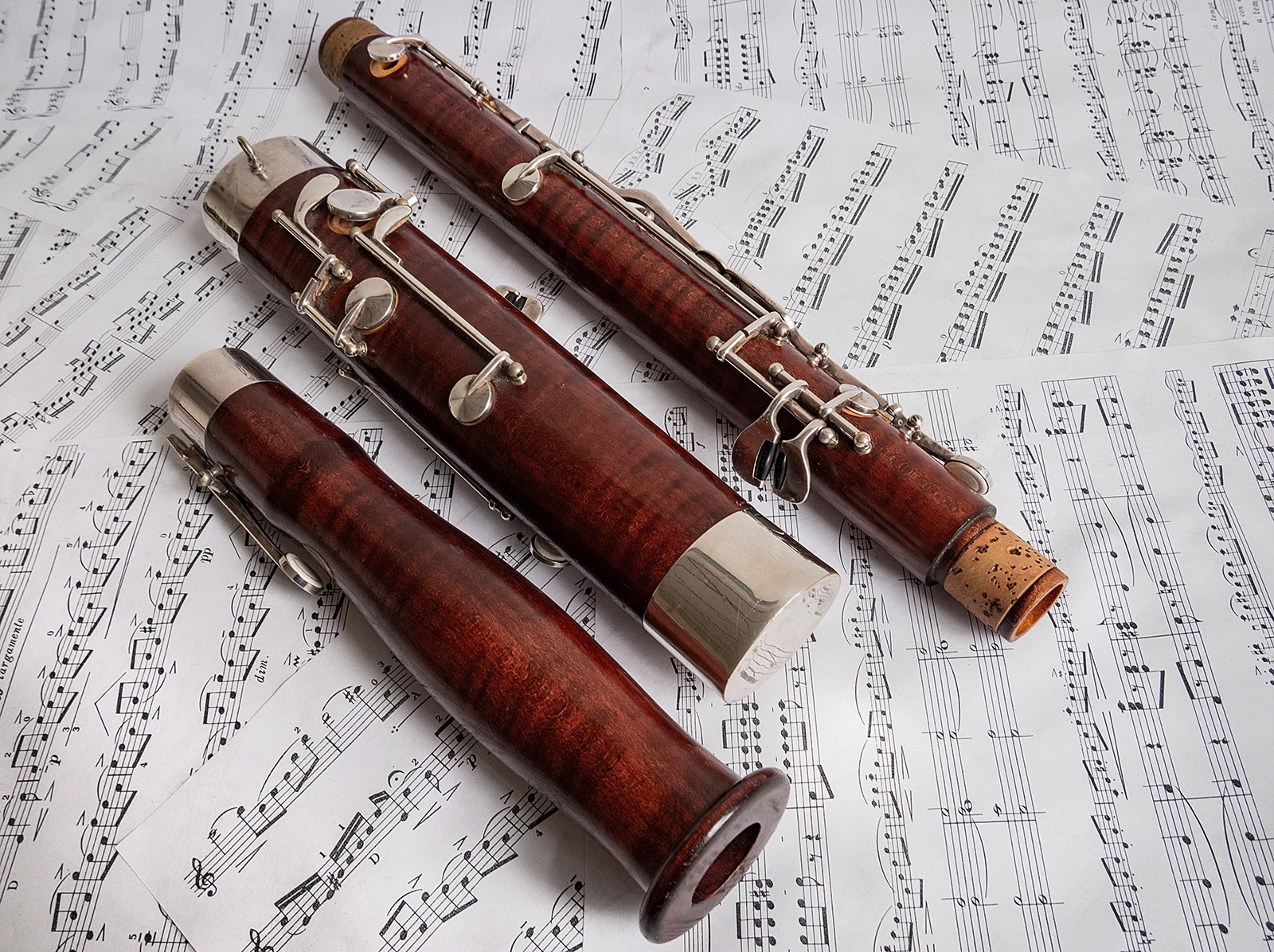Greetings from snowy Indiana, PA! I hope this finds all of you relaxed and refreshed after a joyous holiday season. Let’s dig in to some great pieces for band!
Robert Starer (1924-2001)
Robert Starter belongs to a group of composers that created a large body of orchestral works that were regularly performed by American orchestras in the 1950’s and 1960’s, such as Walter Pitson, William Schuman, David Diamond, and Roger Sessions. Starer was born in Vienna and emigrated to Palestine where he studied composition at the Jerusalem Conservatory. He moved to the United States in 1947 and continued his studies at the Juilliard School, and studied privately with Aaron Copland. His compositional output is rather diverse: several ballet scores (many written for Martha Graham), four operas, and numerous works for orchestra, choir, and smaller instrumental forces. He spent his academic career teaching at the Juilliard School, Brooklyn College, and the Graduate Center of the City of New York. Conductors including Leonard Bernstein, Dmitri Mitropolous, William Steinberg, Zubin Metha, and Seigi Ozawa regularly programmed his compositions. His awards include two Guggenheim Fellowships, grants from the Ford Foundation and the National Endowment for the Arts, and membership in the American Academy of Arts and Letters. His autobiography, Continuo, is a fascinating text documenting the musical landscape of the mid-twentieth century. Many music students have used his Rhythmic Training text in their aural skills classes (which was written when Starer was on jury duty in New York!!). Fortunately for band directors everywhere, Starer has written several works for band that are primarily grade 3 in difficulty. These include: Fanfare, Pastorale, and Serenade, Lyric Music, Fantasy on “When Johnny Comes Marching Home” (for solo piccolo and band), The Rolling Earth, and Above, Below, and Between.
Robert Washburn (1928-2013)
The life and career of Robert Washburn is one of the fascinating than perhaps any of the composers discussed in these two articles. Following bachelor’s and master’s degrees in music from SUNY Potsdam, he enlisted the Air Force during the Korean Conflict where he was chief arranger for the US Air Force Band of the West at Lackland Air Force Base in San Antonio, Texas. At the conclusion of his military service, he joined the faculty at SUNY Potsdam where he eventually became Dean of the School of Music. He received his PhD in in composition in 1960 from the Eastman School of Music, studying with Howard Hanson, Bernard Rogers, and Alan Hovaness. He pursued additional studies with Darius Milhaud at the Aspen Music School, and with Nadia Boulanger in Paris. During his long and successful career, Dr. Washburn was the recipient of some of the most distinguished awards given to an artist, including grants from the Ford Foundation (where he was one of the initial Ford Foundation Composers), Rockefeller Foundation, National Endowment for the Arts, the Juilliard Repertory Project, and Meet the Composer. As a faculty member at SUNY Potsdam, he was awarded the Chancellor’s Award for Excellence in Teaching, the Potsdam College Alumni Association’s Minerva Award, and a SUNY Foundation Summer Fellowship which resulted in one of the finest works in his catalog, the Symphony for Band (1969). Active as a composer for bands, orchestras and chamber ensembles, his music has been performed by such ensembles as the Baltimore Symphony, the Indianapolis Symphony, the Brevard Music Center, and by ensembles in the public schools and universities all over the country. He was commissioned to write music for the opening ceremonies of the 1980 Winter Olympics which were broadcast worldwide. In additional to his academic and compositional duties, Dr. Washburn had an interest in the music of Africa and Asia. He made several trips to Egypt, Senegal, the Ivory Coast, Tanzania, and Ethiopia as the result of a Fulbright Senior Fellowship and an African Comparative Cross Culture Study Program. Dr. Washburn’s composed over forty works for band during the course of his lifetime. These include Kilamanjaro, Partita, Queen Noor Suite, Brevard Overture, and Tower Bridge. In later years, he made arrangements of earlier works suitable for younger players, including Partita II, Ode for Band No. 2, and March and Chorale No. 2.
Clare Grundman (1913-1996)
Known for his wonderful transcriptions as we well as his original works, Clare Grundman has made significant and lasting contributions to our profession. Born in Cleveland, Ohio, he attended Ohio State University for his bachelor’s and master’s degrees as well as the Berkshire Music Center where he studied with Paul Hindemith. Grundman taught briefly woodwinds, arranging, and band at Ohio State University before joining the Coast Guard during World War II. His output includes over 100 compositions for bands, ranging from junior high/high school works through professional ensembles. In addition, he also composed for radio, television, movies, ballet, and the theater. Amongst his most successful compositions are the American Folk Rhapsodies, A Copland Portrait, Hebrides Suite, An Irish Rhapsody, Little English Suite, Kentucky 1800, and Concord. Grundman’s transcriptions, particularly of the music of Gustav Holst (A Somerset Rhapsody) and Leonard Bernstein (Slava, Candide Suite), are amongst the best our literature has to offer.
Eric Osterling (1926-2005)
Eric Osterling was born in West Hartford, CT, and quickly became a prodigious pianist during his teenage years. At the age of 14, he began performing and arranging music for dance bands in the greater Hartford area. He earned a degree in music education from Ithaca College and furthered his studies at the University of Connecticut and the Hartt College of Music. For 34 years he taught in the Portland Public Schools where his ensembles were consistently given superior ratings. He completed his teaching career at Florida Southern College in Lakeland, FL. With over 600 compositions to his credit, his music is played by student and professional musicians all over the country. He was a member of Phi Beta Mu, the National Band Director’s Honorary Fraternity, and received several awards from ASCAP. Some of his most performed compositions include Bandology, Sunliner, Nordic Overture, and Le Sabre.
John Kinyon (1918-2002)
John Kinyon held degrees from Ithaca Collge, the Eastman School of Music, and was awarded an honorary doctorate from Limestone College. He had a diverse career as a band director and music department head for several school districts, an educational director for Warner Brothers, and as a professor at the University of Miami. Having penned over 250 works for young bands, his music is frequently performed all over the country. A small sampling of his compositions includes Air and Dance, Flurry for Winds and Percussion, Chanson, Londonerry Ballad, and Shenandoah Valley.
Frank Erickson (1923-1996)
Frank Erickson has left behind perhaps one of the greatest legacies in the school band movement. During the 1950’s and 1960’s, there was a scarcity of original band compositions for younger musicians. Mr. Erickson filled that void beautifully with some of the cornerstones of the school band movement. He began his musical studies on the piano and trumpet, and completed his first work for band while still in high school. His early compositional studies were with Mario Castelnuovo-Tedesco, as well as Halsey Stevens and Clarence Sawhill while a student the University of Southern California. During World War II he was a member of the United States Air Force, and after the war taught at UCLA and San Jose State University. He also remained active as a professional trumpet player and jazz arranger in Los Angeles. In addition to these activities, he was also an author of several books on band methods, including his Arranging for the Concert Band. Erickson was a member of the National Band Association, the Academy of Wind and Percussion Arts, ASCAP, Phi Mu Alpha, Phi Beta Mu, and the American Bandmasters Association. A list of his works would be too long to publish here, but amongst his finest compositions include: Air for Band, Balladair, Little Suite for Band, Toccata for Band, Black Canyon of the Gunnison, and Rhythm of the Winds. His music is simply some of the best that we have.
As I bring this article to a close, I would be remiss if I did not mention several other composers that have hidden “gems” in their respective repertories. Granted, some of them are my personal favorites, but their music is incredibly well crafted and deserves a wider audience. They include: Douglas Akey, James Ployhar, William Himes, John Gibson, Ralph Gingery, Jerry Bilik. Jerry Nowak, and Ralph and Jack Hale. It is my hope that these last two articles have generated some interest in these forgotten works for band, and that you might consider programming one of them in the future.
Next month: a pathway towards developing a philosophy for ensemble programming. Until next time!
This article is dedicated to the memory of James Balfe – PMEA supporter, fellow Trekkie, and the best uncle I could ever ask for.

